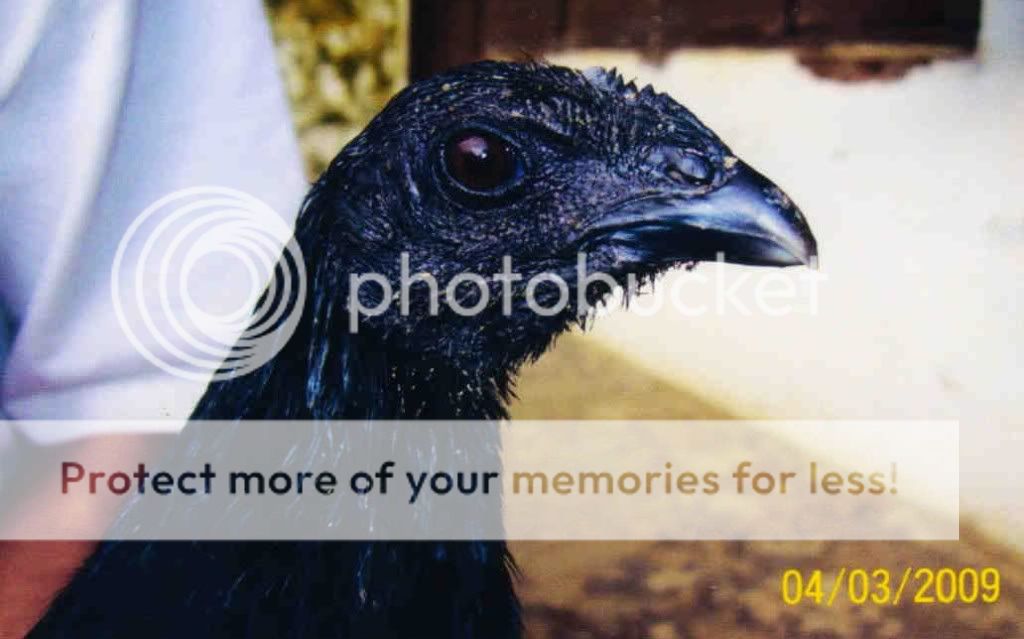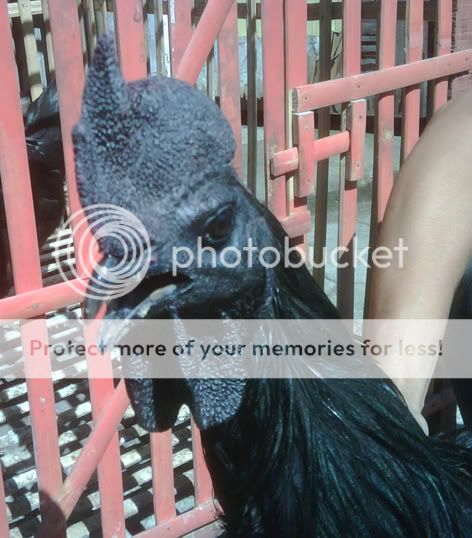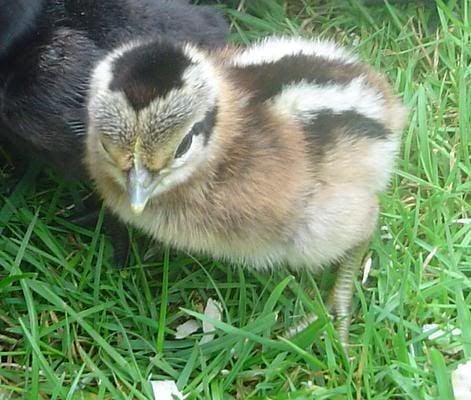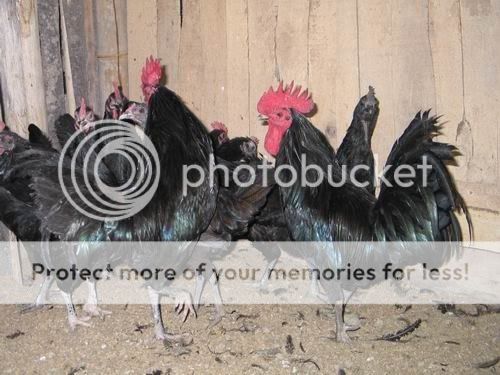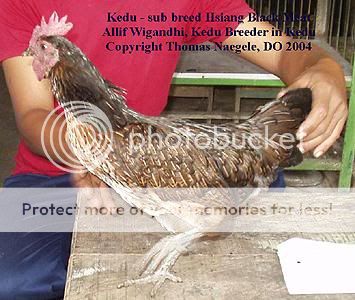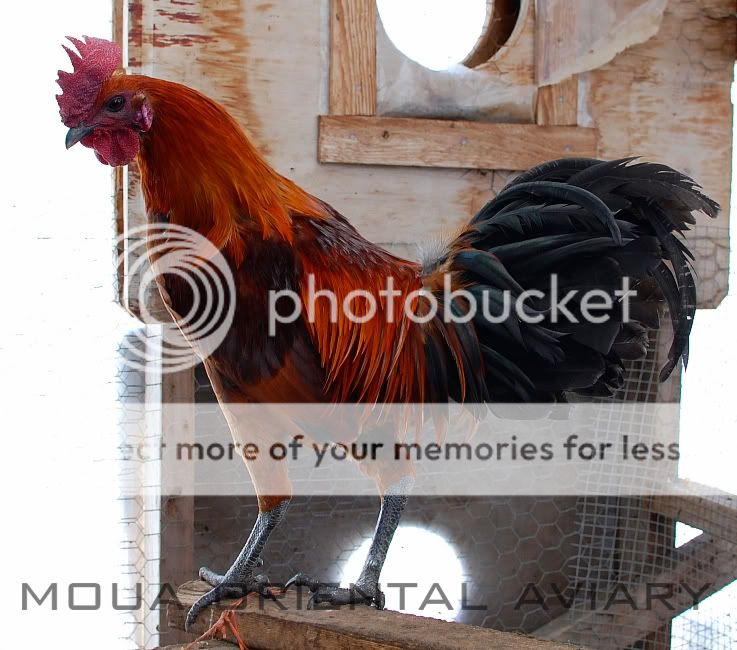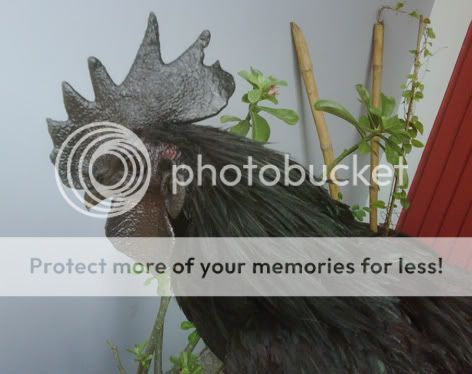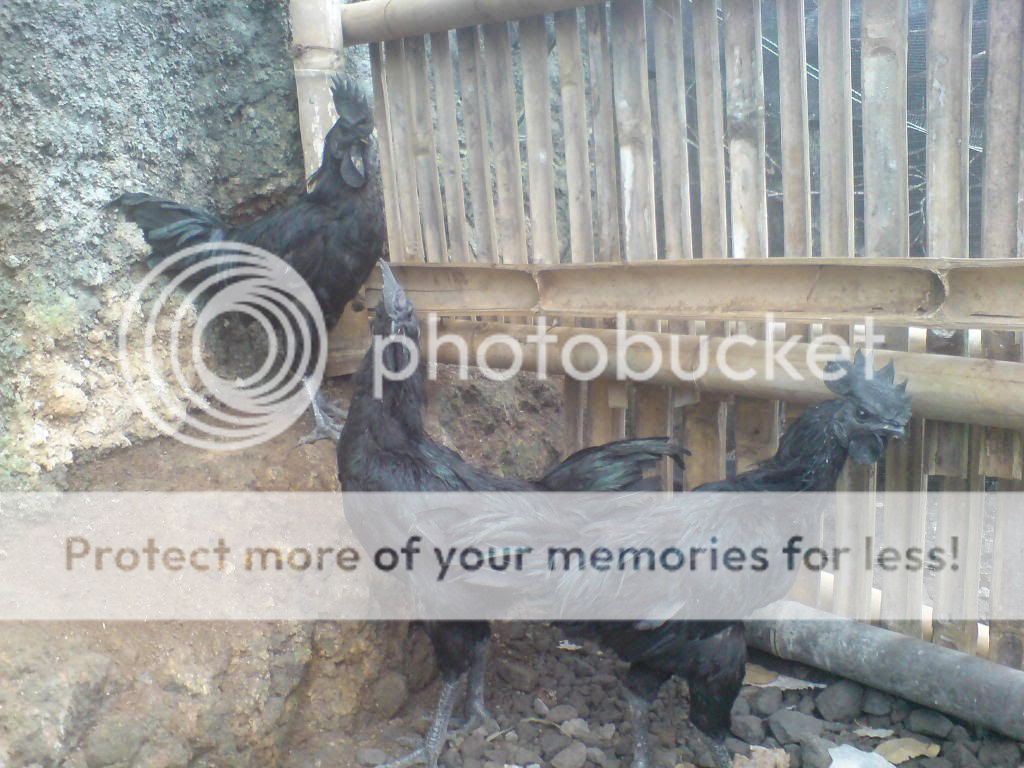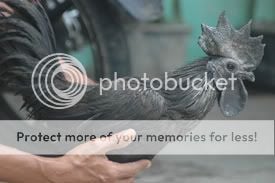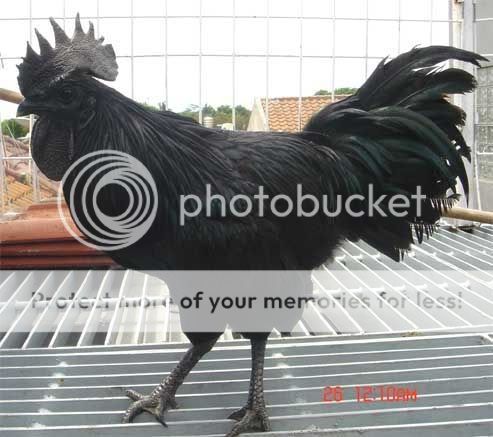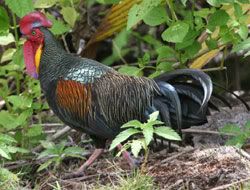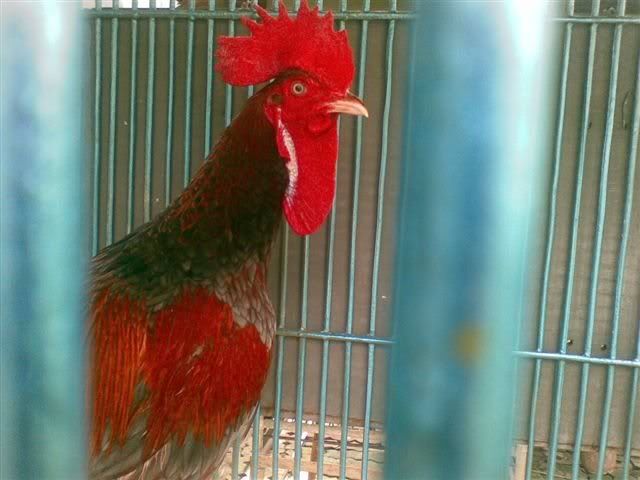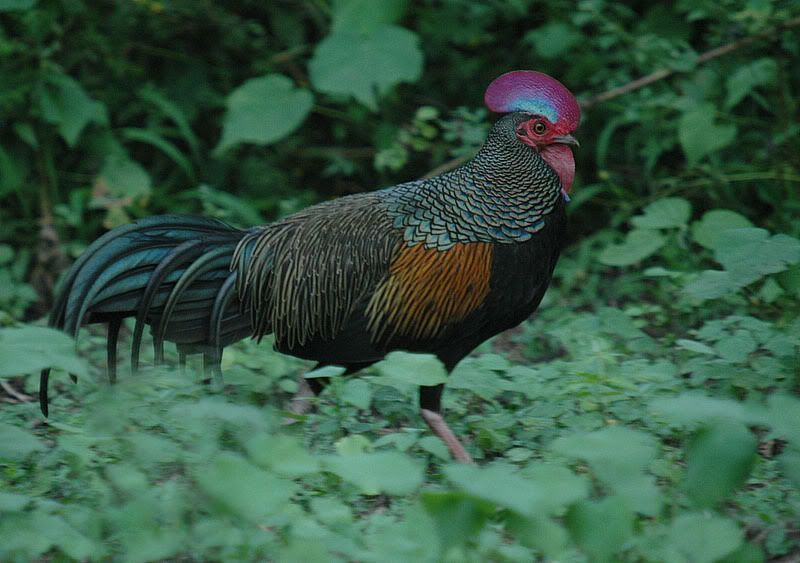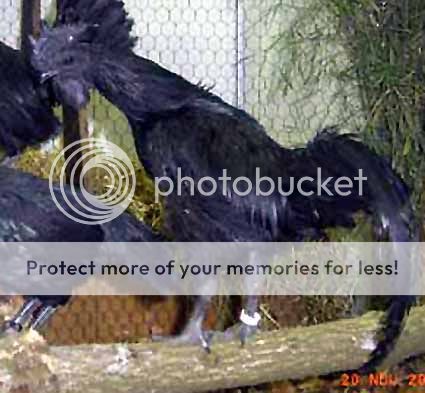Yellow skin genes should not stop a bird with fibromelanosis from being black. Especially when they have two copies of Fm and are gypsy faced too.
I know it does not stop the blackness at all. Some of my birds have white in the ear lobes, which I personally like.
The ones that are white in the lobe, and also having Fm and yellow skin, will have a lobe colored somewhat greenish. But the bird still looks black everywhere else.
I know it does not stop the blackness at all. Some of my birds have white in the ear lobes, which I personally like.
The ones that are white in the lobe, and also having Fm and yellow skin, will have a lobe colored somewhat greenish. But the bird still looks black everywhere else.


